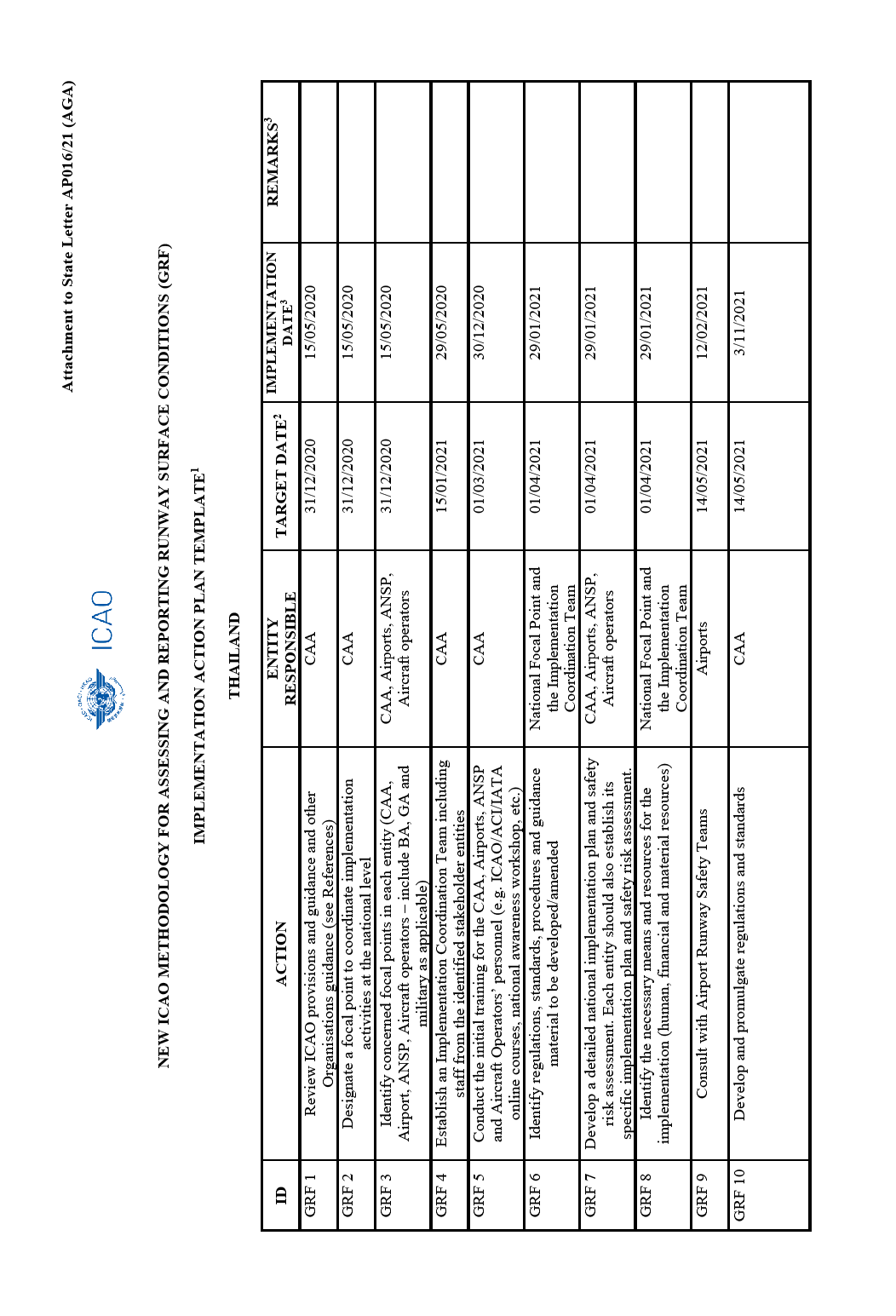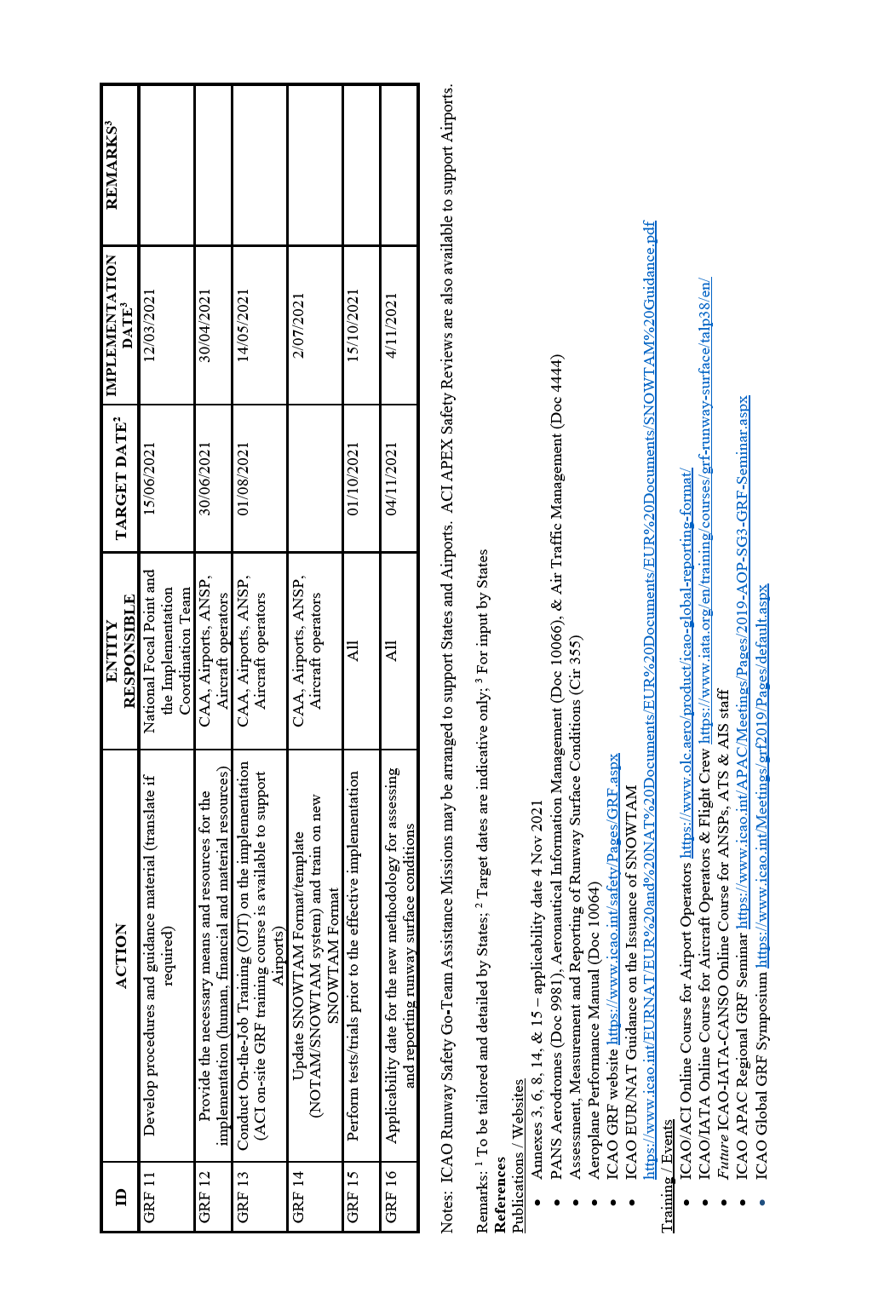ContactThe Civil Aviation Authority of Thailand Tel: +662 568 8831 Fax: +662 576 1903 AFS: VTBAYOYX E-mail: [email protected] E-mail: [email protected] | AIC for Thailand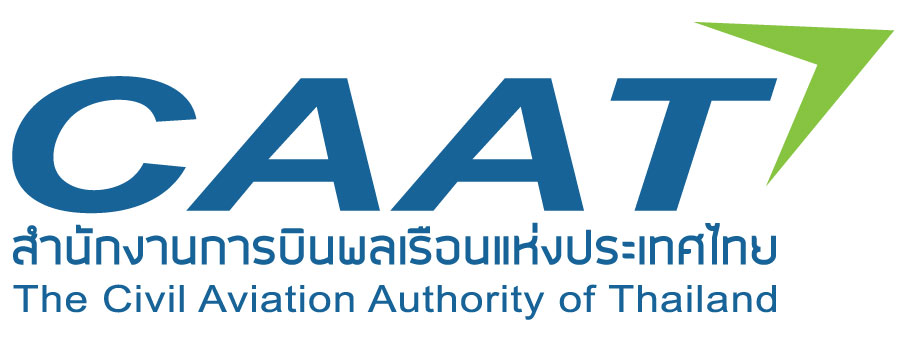 | AIC 01/21 Effective from 04 NOV 2021 to 06 NOV 2023 Published on 08 APR 2021 |
ContactThe Civil Aviation Authority of Thailand Tel: +662 568 8831 Fax: +662 576 1903 AFS: VTBAYOYX E-mail: [email protected] E-mail: [email protected] | AIC for Thailand | AIC 01/21 Effective from 04 NOV 2021 to 06 NOV 2023 Published on 08 APR 2021 |
With effective from 4 November 2021, the purpose of this AIC is to inform all concerned of implementation of the global reporting format in Thailand. The details are as follows:
The GRF, applicable on 4 November 2021, is described through
Annex 14 - Aerodromes, Volume I - Aerodrome Design and Operations;
Annex 3 - Meteorological Service for International Air Navigation;
Annex 6 - Operation of Aircraft;
- Part I - International Commercial Air Transport - Aeroplanes and
- Part II - International General Aviation — Aeroplanes;
Annex 8 - Airworthiness of Aircraft;
Annex 15 - Aeronautical Information Services;
Procedures for Air Navigation Services (PANS) - Aerodromes (PANS-Aerodromes, Doc 9981);
Procedures for Air Navigation Services (PANS) - Air Traffic Management (PANS-ATM, Doc 4444);
Procedures for Air Navigation Services (PANS) - Aeronautical Information Management (PANS-AIM, Doc 10066)
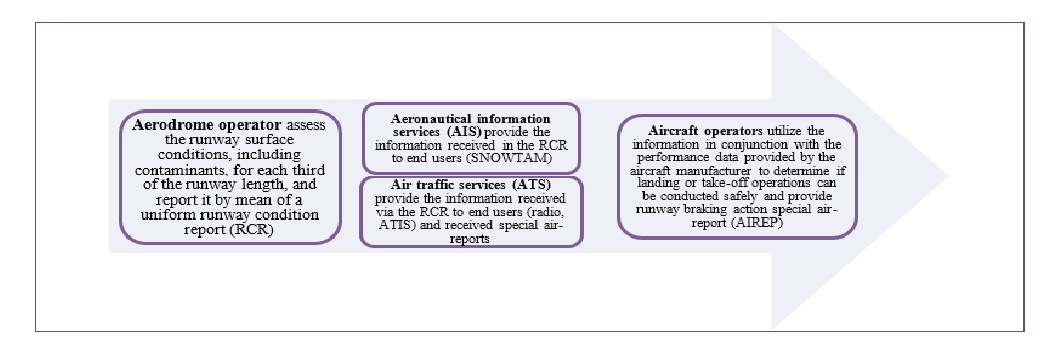
Aerodrome operator is responsible to assess the condition of the runway for each third of the runway and issue a Runway Condition Report (RCR). This report contains the RWYCC (Runway Condition Code) and information which describes the runway surface condition: type of contamination, depth, coverage for each third of the runway, etc. and other relevant information. This code is derived from the Runway Condition Assessment Matrix (RCAM) and associated procedures for downgrading and upgrading.
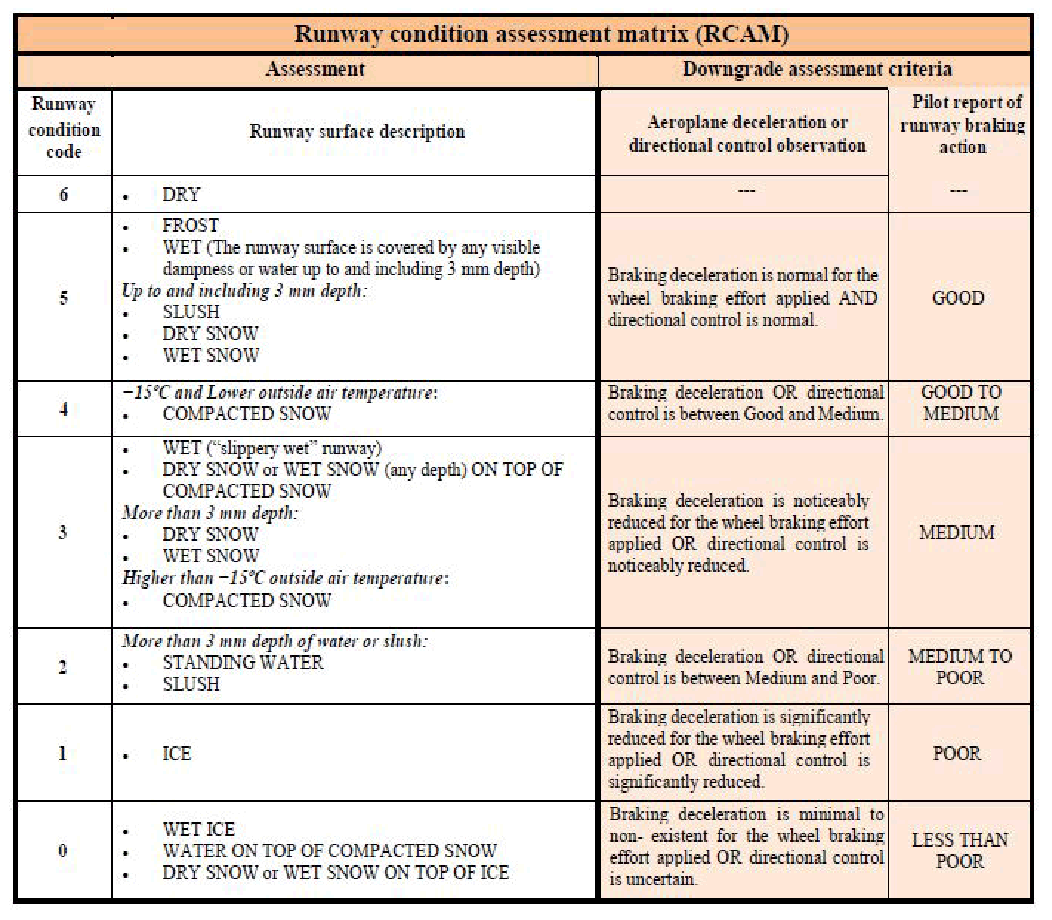
Note: Details of the Global Reporting Format is contained in the Procedures for Air Navigation Services (PANS) - Aerodromes (PANS-Aerodromes, Doc 9981) and ICAO Circular 355 (Assessment, Measurement and Reporting of Runway Surface Conditions).
- Aeronautical information services (AIS) provide the information received in the RCR to end users through SNOWTAM in the new format.
Note: Details of the new SNOWTAM format is contained in the Procedures for Air Navigation Services (PANS) - Aeronautical Information Management (PANS-AIM, Doc 10066). Additional information on the SNOWTAM format could be found in the CAAT Guidance on the Issuance of SNOWTAM.
- Air traffic services (ATS) provide the information received via the RCR to end users through radio, ATIS, etc. and received special air-reports.
Aircraft operators utilize the information in conjunction with the performance data provided by the aircraft manufacturer to determine if landing or take-off operations can be conducted safely and provide runway braking action special air-report (AIREP).
- The new ICAO GRF including the new SNOWTAM format will be implemented in Thailand on 4 November 2021 at 0000 UTC.
- New ICAO Methodology for Assessing and Reporting Runway Surface Conditions (GRF) Implementation Action Plan is contained at attachment to this AIC.
The Thailand GRF implementation team are including Airport operators, Commercial Air Transport Operators, ATS, CAAT, AIS, etc.
The following stakeholders in Thailand are involved in the implementation of the GRF:
Public used Aerodromes
Air Traffic Services (ATCOs)
Aeronautical Information Services
Airlines (flight operations departments, dispatchers, pilots)
Civil Aviation Authority of Thailand
Aerodrome, AIS and ATS will close cooperation to ensure flow of information will reach to the end users.
- Aerodrome operator personnel who respond runway condition assessment and report shall be sufficiently trained with Global Reporting Format for Runway Surface Condition Assessment and Reporting.
- Airlines (flight operations departments, dispatchers, pilots) shall be sufficiently trained with Global Reporting Format (GRF) for Aircraft Operators and Flight Crew.
- ANSPs and Air Traffic Controllers shall be sufficiently trained with the Global Reporting Format (GRF) for Runway Surface Conditions for ANSPs and Air Traffic Controllers.
- AIS personnel shall be sufficiently trained with the new SNOWTAM format.
Up on CAAT notice through POC again.
For further information contact via the following:
Unit: Aerodrome Standards Department
Tel: +662 568 8826 or +666 3205 8826
E-mail: [email protected]
This AIC will remain current until 6 November 2023.
